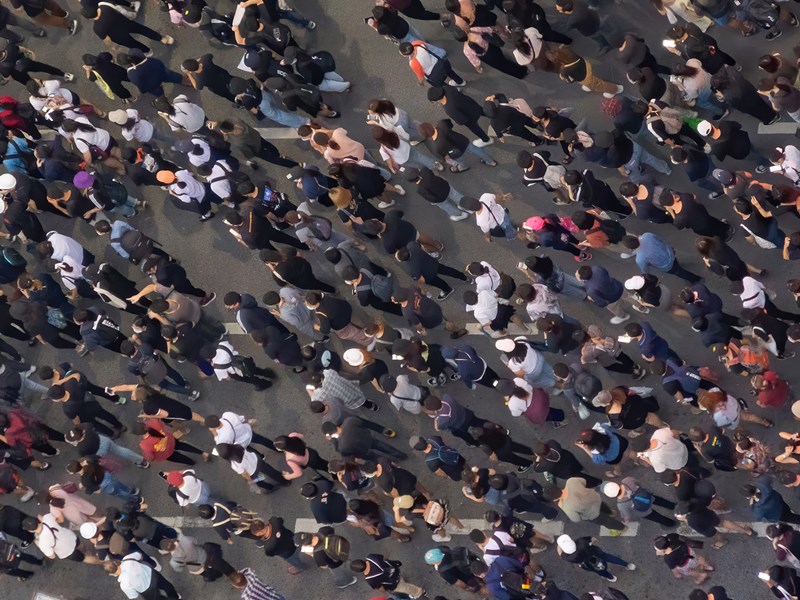- Home /
- Teach and learn /
- Resources /
Action and influence
15 February 2023

This resource explores the different actions people can take to create change, and the nature of their influence, from small-scale, local outcomes to coordinated actions that can have global impact.
Through the activities provided in this teaching guide, students can explore different actions and how they contribute to civic life, including civic participation, advocacy and activism. The frameworks provided help students to identify how each action works—the direction, pace and scale—to bring about change. Each of the activities asks students to evaluate the effectiveness, consequences and impact change.
The resource can be adapted for a range of learning levels, especially where students are either planning for or undertaking an action-based project, or analysing the causes and effects of actions through the use of case studies.
-
Classroom connections
This resource is appropriate for Grades 5 through to Year 10, specifically when investigating concepts around active citizenship, and historical examples of actions that have resulted in change.
Grades 5 & 6
At Grades 5 & 6 students “investigate how people with shared beliefs and values work together to achieve their goals and plan for action” (VCCCC016), and consider what role people can have through explaining “how state/territory and federal laws are initiated and passed through parliament” (VCCCL012).
Years 7 & 8
At Years 7 & 8 students discuss “the freedoms that enable active participation in Australia’s democracy” (VCCCG019) and “explain how citizens can participate in democracy, including the use of the electoral system, contact with their elected representatives, use of lobby groups, interest groups and direction action” (VCCCG020).
Years 7 to 10
At Years 9 &10 students “analyse contemporary examples and issues relating to Australian democracy and global connections” (VCCCC035), “discuss how and why groups, including religious groups, participate in civic life” (VCCC037) and “examine the influence of a range of media, including social media, in shaping identities and attitudes to diversity and how ideas about Australian identity may be influenced by global events (VCCCC038).
- Related resources